Government departments and their arms-length bodies have until the end of May to apply for an exemption from a fleet ban on petrol and diesel cars and vans.
In 2021, the UK Government committed to convert its fleet of cars and vans to be zero emission by 2027.
Arms-length bodies within the scope of the agreement, include fleets operated by National Highways and the Environment Agency.
Devolved administrations, local authorities, Crown Dependencies and Overseas Territories are not within scope of the commitment.
The Department for Transport (DfT) published further guidance on the fleet commitment last year, including a request to exempt vehicles.
It has now told fleets they have until May 31 to apply for an exemption from the ban on internal combustion engine (ICE) cars and vans.
They will need to apply to the Office for Zero Emission Vehicles (OZEV) for an exemption, explaining why they are unable to change vehicles by the deadline and when they think it will become feasible to phase out or replace the vehicles they want to exempt with zero emission alternatives.
All cars and vans owned and leased by a reporting organisation are in the scope of the Government fleet commitment unless otherwise specified. This also includes car club vehicles.
Hire cars and vans are within the scope of the commitment if they are hired for six or more days. This excludes off-hire and non-chargeable days (for example, for delivery or collection).
Some category M1 and N1 vehicles are exempt from the Government fleet commitment by default and do not form part of the 100% zero emission vehicle fleet target.
These vehicles include: cars and vans that are part of a salary sacrifice scheme; armoured vehicles; emergency response vehicles fitted with blue warning beacons; and vehicles that are not used for road transport, for example, training and testing vehicles.
The DfT says that additional exemptions from the commitment will only be considered for vehicles where it is a security risk, safety requirements are not met or if no zero-emission vehicle options are technically viable.
Speaking to Fleet News last year, Defra’s director of group fleet services, Dale Eynon, talked about the challenge of converting its 3,000 cars and 2,000 vans, which primarily sit within the Environment Agency.
The biggest hurdle will be its 800 4x4s, including pick-ups, due to a lack of full electric options.
“We held some of our vans back from replacement so we could change them more quickly when electric models became available, and we are now having to do the same with our 4x4 fleet,” Eynon said.
“We could source some used ones to plug the gap until 2026 when we expect to see more electric options come to market – this is a cheaper option for the public purse.”
He added: “Treasury won’t give us any more money for our electric transition, so we have to manage it within our existing budgets.”
In 2017, the Government committed to electrifying 25% of cars in department fleets by 2022.
The Road to Zero strategy, published the following year, expanded upon the announcement that 25% of the car fleet would consist of ultra-low emission vehicles by 2022 – known as the Government fleet commitment.
With the publication of Decarbonising transport: a better, greener Britain in 2021, the Government increased the ambition of the fleet commitment to 100% of the car and van fleet being zero emission by 2027.

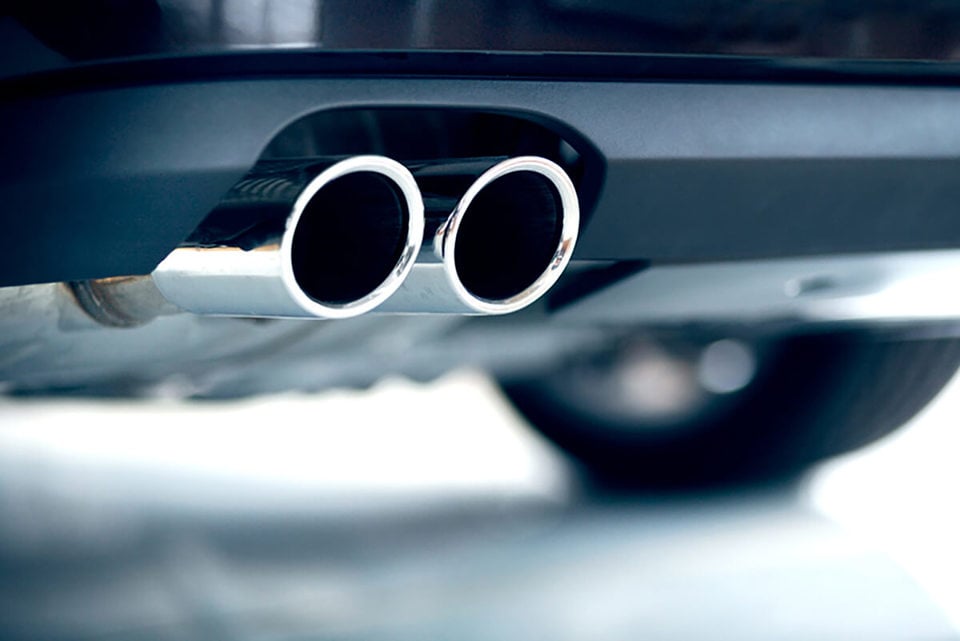
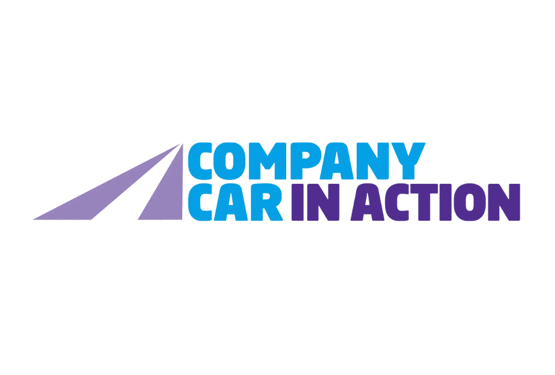



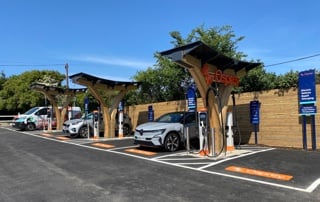


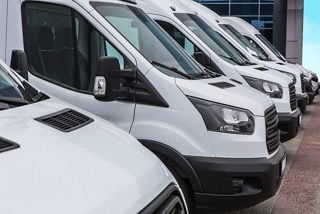
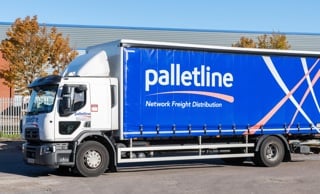




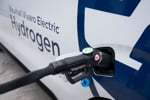
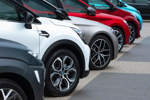






Login to comment
Comments
No comments have been made yet.